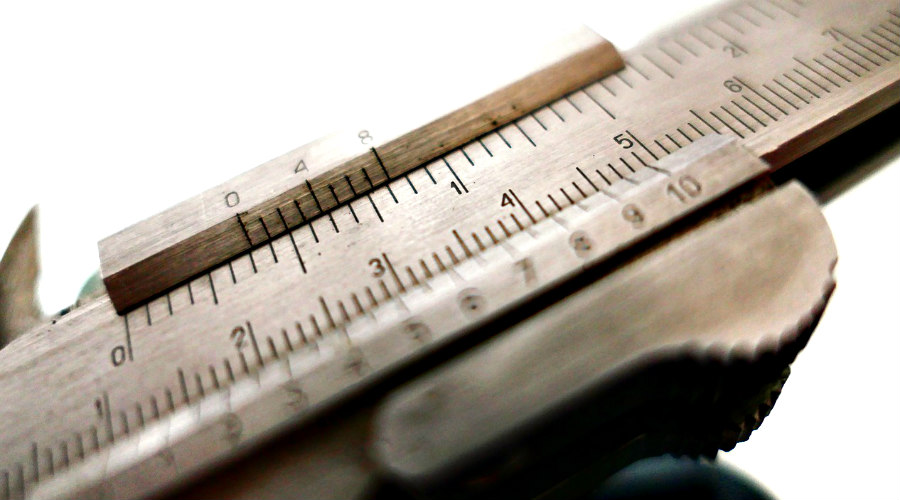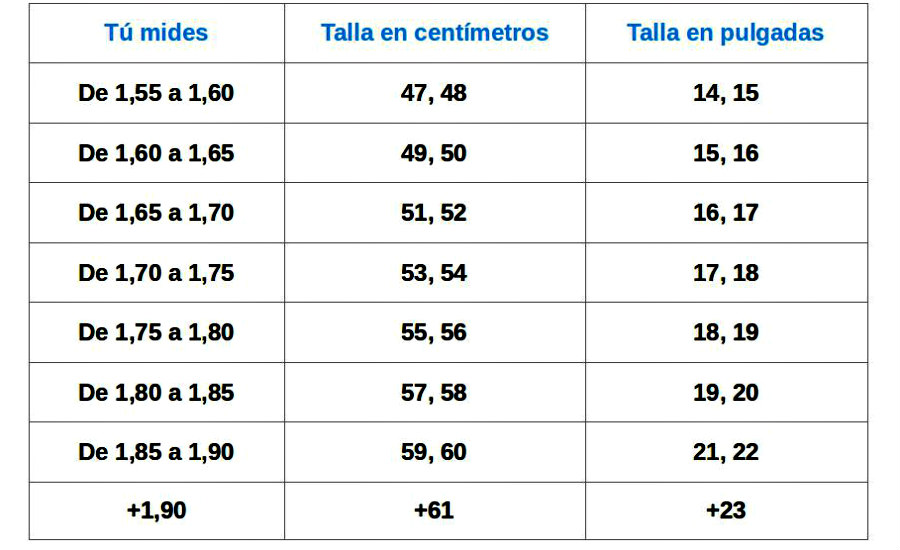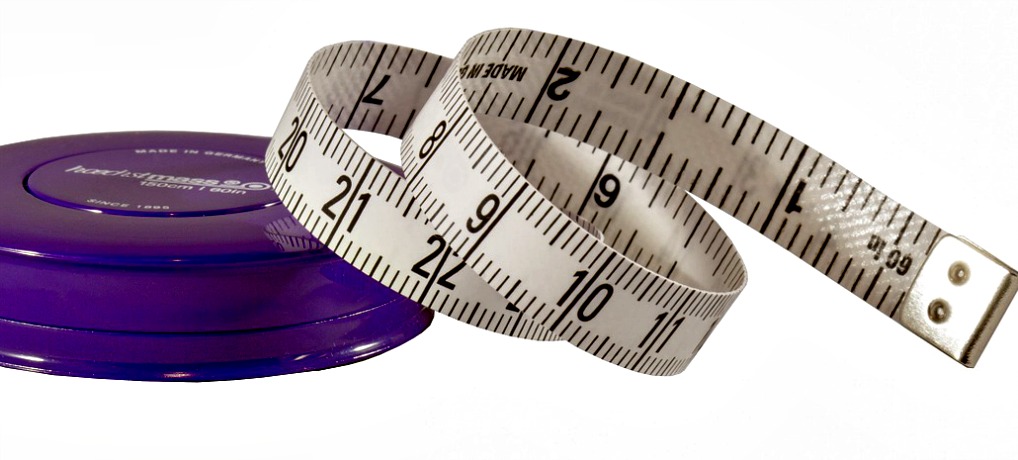One of the most frequent doubts at the time of
Buy a second -hand bike It is hitting with the correct size. Was I better a size m or a size L? Does 53 best fit at my height or should the 55 buy me?
A fact that you should know is that the size of a bicycle is indicated differently depending on whether it is for road or mountain.
In the mountain cycling the inches are used as a measure to indicate the size. A
Mountain Bike of
The size 17.5 "means that the measure of the vertical tube that connects the pedalier with the armrhire is 17.5 inches. This is starting to change and some manufacturers already use the carving in centimeters.
The size of a bicycle comes market due to the length of the vertical tube. Or at least it was until a few years ago, when the geometries of the paintings changed radically. Thus, on a road bike size 54 the length of this tube is 54 centimeters.
Some brands use a system of sizes expressed in centimeters, others in inches and others using the standard denomination of S, M, L and XL
Until the 1990s bicycle manufacturers used very similar designs to make their sizes. A size 54 of
Orbea It barely varied with respect to a size 54 of
Colnago. All indicated the same thing: that the length of the vertical tube was 54 centimeters.
However, everything changed when Giant introduced the paintings with
Sloping. He
Sloping It is the angle of the horizontal tube that joins the steering pipe with the armchair tube.

Until the 1990s this tube was practically horizontal, but
With the arrival of Sloping Pictures design geometries changed. Although the vertical tube had the same length, depending on the angle that the horizontal tube had the wheelbase was shorter or shorter. That is, two bicycles with a vertical tube of 54 centimeters could actually be two different sizes.
Since then each manufacturer began using (and continues to do so) his own picture angles, so the sizes began to vary from one mark to another.
This is especially noticeable on mountain bicycles. To a person of 1.70m. You can better go a size 17 in a brand and one 19 in another.
And, to complicate more, we have manufacturers that offer their sizes following the alphabetical system: XS, S, M, L, XL and XXL. And to others that use the numerical system: 50, 52, 54, 56, etc. What a mess!
In Tuvalum we have created a orientation guide of sizes after analyzing the table geometries that have provided us with more than 30 manufacturers
As if this were not enough, for a few years there are brands that maintain their numerical sizes system, but definitely forgetting the classic pattern that this number corresponds to the height of the vertical tube. For example, in a 2017 orca Orbea the measure of the vertical tube in a size 53 is not 53 centimeters, but 50.
Size equivalence
When we buy some shoes we have a pattern that serves as a reference. If we use a size 44 of shoes, when we buy new ones we will ask for size 44. It is likely that there are small differences from one brand to another, but as a general rule the hords are the same.
Now, let's imagine that we have an Avant orbea bicycle of size 54 and we want to buy a Giant Defy. Giant offers his sizes for literacy patterns: XS, S, M, ML, L and XL. Which one corresponds to us?
We have seen that
Each brand uses its own patterns to configure the angles of the paintings that it manufactures. Therefore, sizes do not have to be coincident. But
In Tuvalum we have compiled the geometries of more than 30 manufacturers to prepare the following table, which collects the
Orientative equivalences between numerical and alphabetic sizes.
| Generic size |
Size in centimeters |
Inch size |
| Xs |
46, 47, 48, 49 |
14" |
| S |
50, 51, 52, 53 |
15", 16" |
| M |
54, 55, 56 |
17", 18" |
| L |
57, 58 59 |
19", 20" |
| XL |
60, 61 |
21", 22" |
| XXL |
+62 |
+23" |
Do not forget that these equivalences are orientative. Although they fit most bicycle models analyzed, there may be variations.
Calculate your bicycle size from your height
Ok, you know that a road size 54 or 18 "mountain equals one m in most manufacturers. Now comes the following question: how can we know if the bike size we need is M, L, the L, the 56 or 19 "?
If you consult the web pages of bicycle brands you will see that most of them offer
Height -based sizes guides. That is, so much measure, such is the size that corresponds to you.
A first problem is that each brand will recommend a different size. Even the same brand can recommend two different sizes! For example, the
Trek sizes guide Indicates that someone measuring 1.75m. You can use both a size 54 and a size 56. How is it possible?
These differences are because
The height of a person is an orientation data to calculate their correct bicycle size, but it is never a definitive value. Not all people who measure 1.75m. They have their legs as long. That is why some size 56 and others will be better one size 54.
The following table collects a
Recommendation of bicycle sizes based on height. To elaborate it we have taken as a reference the guides provided by the manufacturers.

This table fits the average proportions of a person of a certain height. But it is still an approximate value. What happens if you have the legs longer or shorter than the average?
To know exactly what your most appropriate bicycle size is, it is best to make a biomechanical study or study
Calculate your size according to your leg length
The important thing when choosing the correct bicycle size is not the height of your body, but the height of your hip. Therefore, one of the most reliable factors to determine the size of a bicycle is the length of your legs. This is the fact that they usually use as a reference in bicycle stores to recommend one size or another.
For this it is essential that you measure the internal length of your legs. Uncommonly, rest your feet on the floor with straight legs and measure the distance from the ground to your crotch.
You can help you holding a book between the legs at the height of the English and measuring from the ground to the upper corner of the book. This will be simpler.

That measurement will give you an X value, for example 90 centimeters.
If you want to know your mountain bike size multiply that number by 0.21. Thus, following the example, we have that 90 x 0.21 = 18.9. In this case, our mountain bike size would be 19, which corresponds to a 19 -inch vertical tube length.
If we want to buy a mountain bike whose manufacturer has expressed the size in centimeters, we will multiply that value by 0.54.
What if we are going to buy is a road bike? What we will do will be to multiply the height of our crop in centimeters by 0.65. That is, 90 x 0.65 = 58.5. A size 58 or 59 is ours!
This formula is more reliable to calculate our bicycle size than to base only on the height. However, the result is not totally accurate -although it does work for the majority of the population. Since manufacturers and brands change the geometries of their paintings every little time, there are other measures that influence, such as the length of the forearms or elasticity.
How to calculate the size on a triathlon bicycle

In the Buzzle or Type Bicycles
Time trial, as the so -called
'goatlon' Or long distance, there are differences when calculating the size.
In this type of bicycles both the geometry of the painting and the position that cyclists and triathletes change change with respect to road bicycles. They are usually shorter paintings, with less wheelbase, looking for aerodynamics.
Thus,
It may be advisable to choose a box size between 2 and 4 centimeters lower than you corresponding to you according to your height and leg length. For example, if the calculation of your size gives you a value of 54, choose a size 52.
What if the size it gives me is between two measures?
Sometimes it can happen that, when making the calculation to know our bicycle size, the result is between two sizes. For example, give us 54.3 centimeters. What do we do?
We can think that the solution goes through rounding the result. If you give us 54.3 we are left with size 54. If you give us 54.7 with 55. However, for these cases it is advisable to follow these two criteria:
-
Biomechanical criteria: Measure your size (the length from the tip of one hand to the other with the arms extended in cross). If the result is greater at your height, choose a higher size (following the previous example, we would stay with size 55). If your size is lower than your height, choose the smallest bicycle size (54).
-
Use type criterion: The use you give to the bicycle is also a criterion to consider to choose the size. If the calculated value is between two sizes, choose the smallest when you are going to make a more sporty and competition use. Choose the largest size for a softer gear pace or routes where comfort prevails above speed.
Table to calculate your recommended bicycle size
| YOU MEASURE |
Road size (in CMS) |
Mountain size (in inches) |
Generic size |
| From 1.55 to 1.60 |
47 - 48 - 49 |
14 - 15 |
Xs |
| From 1.61 to 1.65 |
49 - 50 -51 |
15 - 16 |
S |
| 1.66 to 1.70 |
51 - 52 - 53 |
16 - 17 |
S |
| From 1.71 to 1.75 |
53 - 54 - 55 |
17 - 18 |
M |
| From 1.76 to 1.80 |
55 - 56 - 57 |
18 - 19 |
M |
| From 1.81 to 1.85 |
57 - 58 - 59 |
19 - 20 |
L |
| From 1.86 to 1.90 |
59 - 60 - 61 |
20 - 21 |
L |
| +1,90 |
+61 |
+22 |
XL |
 Until the 1990s this tube was practically horizontal, but With the arrival of Sloping Pictures design geometries changed. Although the vertical tube had the same length, depending on the angle that the horizontal tube had the wheelbase was shorter or shorter. That is, two bicycles with a vertical tube of 54 centimeters could actually be two different sizes.
Since then each manufacturer began using (and continues to do so) his own picture angles, so the sizes began to vary from one mark to another. This is especially noticeable on mountain bicycles. To a person of 1.70m. You can better go a size 17 in a brand and one 19 in another.
And, to complicate more, we have manufacturers that offer their sizes following the alphabetical system: XS, S, M, L, XL and XXL. And to others that use the numerical system: 50, 52, 54, 56, etc. What a mess!
Until the 1990s this tube was practically horizontal, but With the arrival of Sloping Pictures design geometries changed. Although the vertical tube had the same length, depending on the angle that the horizontal tube had the wheelbase was shorter or shorter. That is, two bicycles with a vertical tube of 54 centimeters could actually be two different sizes.
Since then each manufacturer began using (and continues to do so) his own picture angles, so the sizes began to vary from one mark to another. This is especially noticeable on mountain bicycles. To a person of 1.70m. You can better go a size 17 in a brand and one 19 in another.
And, to complicate more, we have manufacturers that offer their sizes following the alphabetical system: XS, S, M, L, XL and XXL. And to others that use the numerical system: 50, 52, 54, 56, etc. What a mess!
 This table fits the average proportions of a person of a certain height. But it is still an approximate value. What happens if you have the legs longer or shorter than the average?
This table fits the average proportions of a person of a certain height. But it is still an approximate value. What happens if you have the legs longer or shorter than the average?
 That measurement will give you an X value, for example 90 centimeters. If you want to know your mountain bike size multiply that number by 0.21. Thus, following the example, we have that 90 x 0.21 = 18.9. In this case, our mountain bike size would be 19, which corresponds to a 19 -inch vertical tube length.
If we want to buy a mountain bike whose manufacturer has expressed the size in centimeters, we will multiply that value by 0.54.
What if we are going to buy is a road bike? What we will do will be to multiply the height of our crop in centimeters by 0.65. That is, 90 x 0.65 = 58.5. A size 58 or 59 is ours!
This formula is more reliable to calculate our bicycle size than to base only on the height. However, the result is not totally accurate -although it does work for the majority of the population. Since manufacturers and brands change the geometries of their paintings every little time, there are other measures that influence, such as the length of the forearms or elasticity.
That measurement will give you an X value, for example 90 centimeters. If you want to know your mountain bike size multiply that number by 0.21. Thus, following the example, we have that 90 x 0.21 = 18.9. In this case, our mountain bike size would be 19, which corresponds to a 19 -inch vertical tube length.
If we want to buy a mountain bike whose manufacturer has expressed the size in centimeters, we will multiply that value by 0.54.
What if we are going to buy is a road bike? What we will do will be to multiply the height of our crop in centimeters by 0.65. That is, 90 x 0.65 = 58.5. A size 58 or 59 is ours!
This formula is more reliable to calculate our bicycle size than to base only on the height. However, the result is not totally accurate -although it does work for the majority of the population. Since manufacturers and brands change the geometries of their paintings every little time, there are other measures that influence, such as the length of the forearms or elasticity.
 In the Buzzle or Type Bicycles Time trial, as the so -called 'goatlon' Or long distance, there are differences when calculating the size.
In this type of bicycles both the geometry of the painting and the position that cyclists and triathletes change change with respect to road bicycles. They are usually shorter paintings, with less wheelbase, looking for aerodynamics.
Thus, It may be advisable to choose a box size between 2 and 4 centimeters lower than you corresponding to you according to your height and leg length. For example, if the calculation of your size gives you a value of 54, choose a size 52.
In the Buzzle or Type Bicycles Time trial, as the so -called 'goatlon' Or long distance, there are differences when calculating the size.
In this type of bicycles both the geometry of the painting and the position that cyclists and triathletes change change with respect to road bicycles. They are usually shorter paintings, with less wheelbase, looking for aerodynamics.
Thus, It may be advisable to choose a box size between 2 and 4 centimeters lower than you corresponding to you according to your height and leg length. For example, if the calculation of your size gives you a value of 54, choose a size 52.












